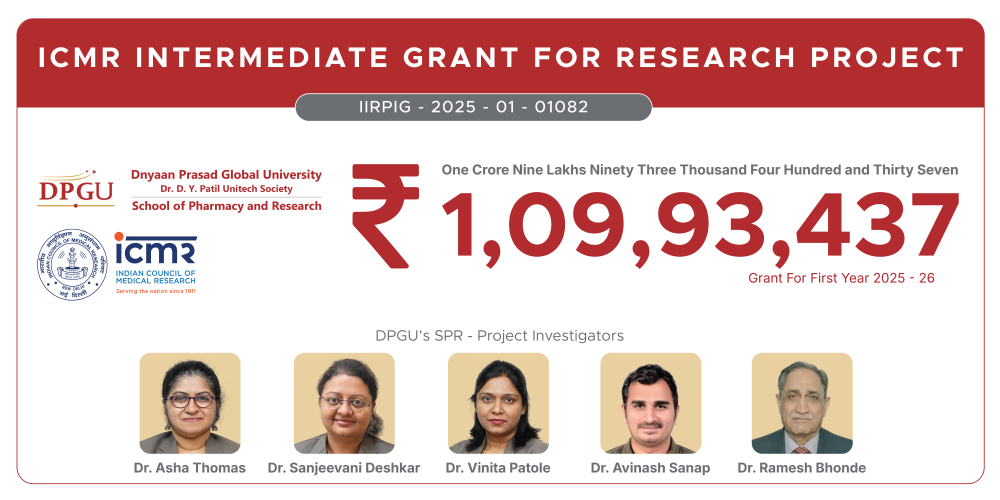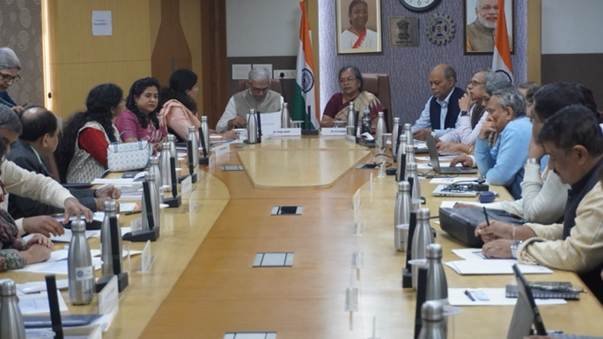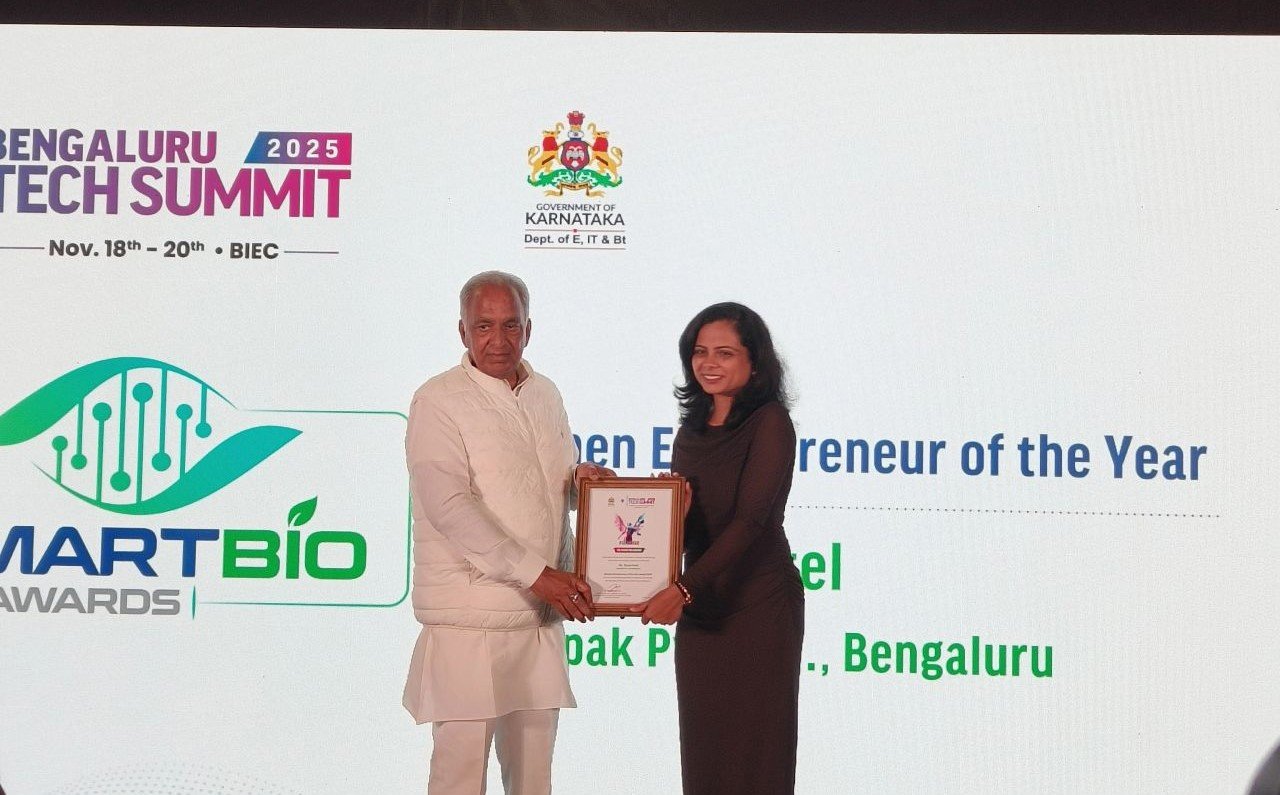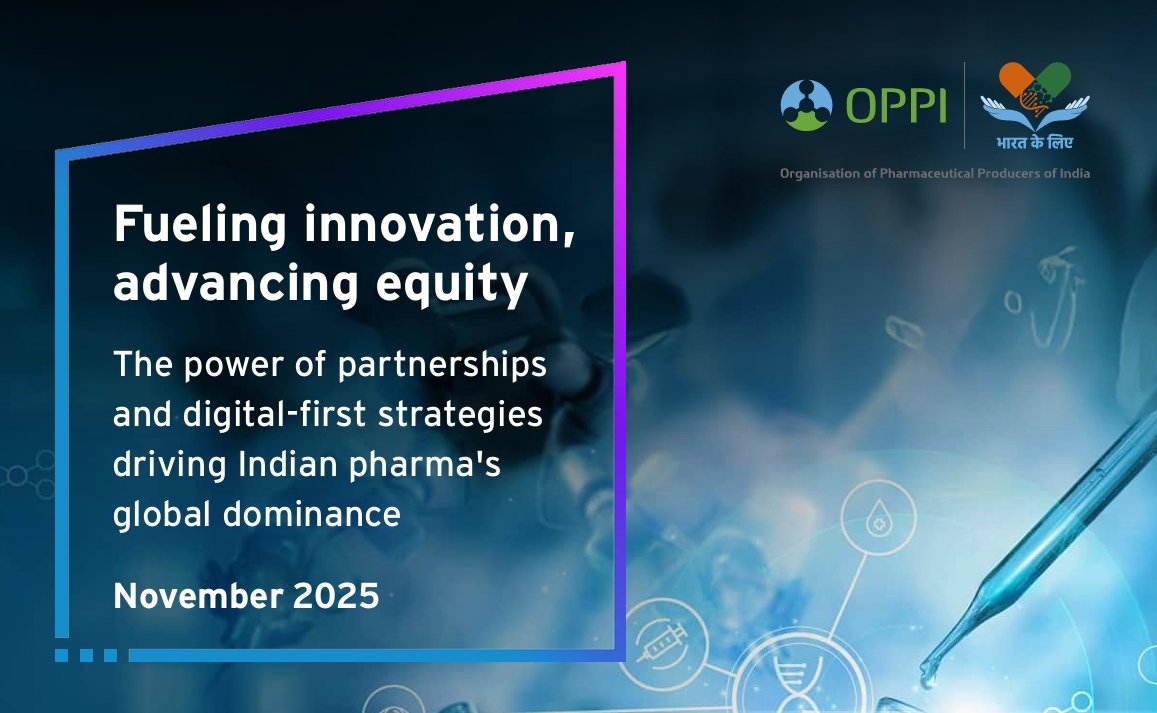Similar biologics: A field concern
April 12, 2011 | Tuesday | News
Dr Rajneesh Kumar Gaur
is Scientist C
at the Department of Biotechnology,
New Delhi
|

|
Pharmaceutical companies protect their innovative molecules of either
chemical or biological origin through patent to ensure the market
exclusivity. Once the patent is expired, the molecule is open for
manufacturing and marketing by any pharma or biotech company other than
the one who discovered it. Such off-patented drugs of chemical origin
are called as ‘generics’, while those of biological origin are
popularly designated as ‘biosimilars’.
Worldwide, biosimilars have many synonyms such as ‘Follow-on-biologics,
in the US’, ‘Subsequent entry biologics, in Canada’ and so on. In
India, the off-patented biologics produced via genetic engineering will
be termed as ‘Similar biologics’ as proposed by the Review Committee on
Genetic Manipulation (RCGM), Department of Biotechnology. In India,
similar biologics are expected to have $1 billion market by 2020.
In general, the biopharmaceuticals are mainly proteins having
considerable therapeutic and structural diversity. Generics are easy to
manufacture and standardize as the quantitative analysis is enough to
ensure their bioavailability and bioequivalence. The manufacturing of
biologics is affected from several process and product variations while
producing them in a living cell. One of the major sources of these
variations is that manufacturer of the similar biologics does not have
access to the original manufacturer process even after expiry of the
patent. Therefore, homogenous production of similar biologics would be
difficult as a result of possible variations introduced due to several
factors such as host cell, vector, fermentation medium, protein
folding, post-translational modifications, and protein stability. These
subtle differences may affect either the efficacy or tolerability or
both of a product.
Similar biologics are approved for marketing based on the data which
shows ‘high similarity’ to the reference innovator product in terms of
quality, safety and efficacy. No regulatory authority in the world
including the US Food and Drugs Administration (FDA) and European
Medicines Agency (EMA) defined the range of similarity between a
similar biologic and the respective innovator reference product. FDA
indeed approved few products on the basis of bioequivalency when a
similar biologic has its 90 percent confidence interval between 80-125
percent with respect to the reference innovator product.
FDA also introduced a separate labeling requirement to differentiate
between the innovator original product and its biosimilar. The proper
labeling provides an easy route for the physicians in the US to easily
record the lower efficacy or unexpected outcome of a biosimilar
product. Simultaneously, the interchangeability or the substitution of
an innovator original product with biosimilar may be regulated
smoothly.
EMA states that the physicians should specify the International
Non-proprietary Name (INN) or brand name. This hinders generic
prescribing and substitution. In India, Drug and Cosmetics Act, 1940
does not have any special labeling requirement for distinguishing
between a similar biologic and innovator reference product. Therefore,
physicians and patients will find it hard to distinguish between a
similar biologic and the reference product. The problem will further
aggravate in the absence of an adequate and effective mechanism to
regulate the safety as well as efficacy of approved similar biologics
on-field. Also, the possible unwanted clinical outcome of a similar
biologics as a result of pharmacogenomics variation in an Indian
population will be extremely tough to assess. Such outcomes may be
extremely severe either locally or at larger scale.
Another related on-field concern is after getting the market
authorization; the pharmaceutical companies might dilute the quality of
a similar biologics. There is a fear that companies might push such
substandard similar biologics in remote areas having no surveillance
machinery and even the media does not have good penetration. On the top
of that, the greed for greater margin will help in pushing such
substandard drugs. The continuous exposure to sub-standard drugs might
lead to the development of either tolerance or resistance at a faster
pace than expected. Therefore, India needs to consider all these
negative traits and their possible harmful consequence.
To tackle such issues, we require a very well-defined pathway to
regulate the quality, safety and efficacy of similar biologics after
market authorization and also to ensure the benefits of their lower
price to the consumers. In other words, strong pharmacovigilance
program is desirable. The million dollar question is that does the
government have the machinery to execute this mammoth task? The Central
Drugs Standard Control Organization (CDSCO) has initiated a national
Pharmacovigilance Program of India (PvPI). The program will be
completed by 2013 in three phases. The program will operate through
routine collection of clinical data for drugs of chemical and
biological origin at local medical colleges and pooling the data at a
nodal center i.e., AIIMS, New Delhi, for final evaluation and
decision-making. The post-marketing monitoring of similar biologics may
be facilitated under the same program.
The guidelines for similar biologics will come into effect this year,
so there is a gap of at least two years till the PvPI may contribute in
real terms. Meanwhile, the companies may take profitable advantage of
this gap. Therefore, the Indian regulatory authority should make
provision for random testing of market authorized similar biologics in
any national laboratory. Such measures will certainly reduce the
ambiguity, confusion and apprehensions about the similar biologics
among the medical practitioners and their clients.
(The views expressed by the author in
this article are personal and have no relation with the official
position of the Department of Biotechnology, Ministry of Science and
Technology, New Delhi)










